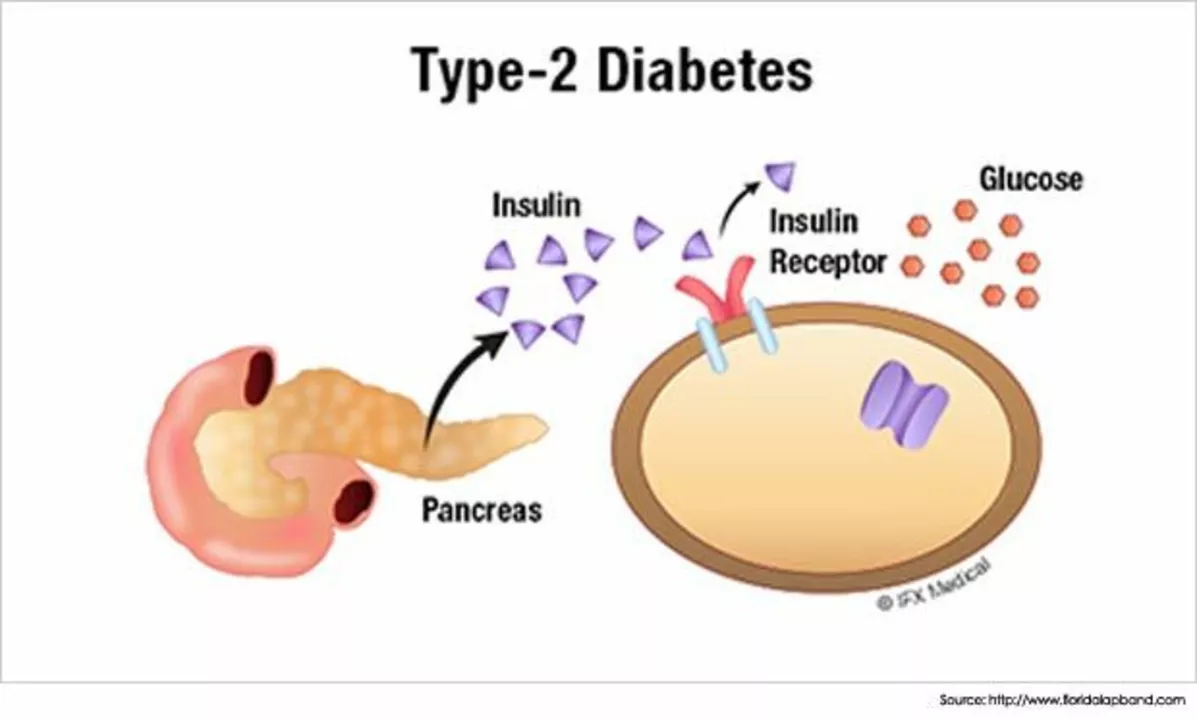Understanding and Managing Diabetes Type 2
Type 2 diabetes is a condition where your body struggles to use insulin properly, leading to high blood sugar levels. It’s common, but managing it well can help you avoid serious problems like heart issues or nerve damage. Knowing what’s happening inside your body is the first step toward taking control.
Medications play a big role in managing type 2 diabetes. Options vary widely—from pills like metformin to newer drugs that help control blood sugar and even support weight loss. It’s important to talk to your doctor about what suits you best, considering how active you are, your diet, and any other health issues.
Practical Tips for Everyday Diabetes Care
Keeping an eye on your blood sugar with regular testing is crucial. It’s not just about the numbers; it’s about spotting patterns so you can adjust meals, activity, or medications as needed. Simple lifestyle choices, like choosing whole foods over processed ones and adding some daily movement—even if it’s just walking—make a big difference.
Stress and sleep also affect blood sugar levels more than many realize. Finding ways to relax and getting enough rest can make managing diabetes smoother. Connecting with others facing the same challenges through support groups or online communities can provide motivation and practical advice.
What to Watch for and When to Seek Help
Sometimes diabetes causes symptoms you might ignore, like unusual thirst, frequent urination, or fatigue. Don’t brush these off. If you notice sudden changes or symptoms like wounds that don’t heal well, it’s time to see a healthcare provider promptly. Early action keeps complications at bay.
Remember, managing type 2 diabetes is an ongoing journey. By learning about medications, making practical daily choices, and monitoring your health closely, you can lead a full and active life. Start with small steps—you don’t have to do it all at once, but staying informed and proactive makes all the difference.
Diabetes Type 2 in Children: Symptoms, Causes, and Treatment Options
As a parent, it's important to be aware of the growing issue of Type 2 diabetes in children. Some common symptoms to look out for include increased thirst, frequent urination, fatigue, and blurred vision. The main causes of this condition are obesity, unhealthy diet, and lack of exercise. Thankfully, there are various treatment options available such as adopting a balanced diet, engaging in regular physical activity, and in some cases, taking medication. It's crucial that we educate ourselves and our children about this condition and take preventive measures to ensure their long-term health.
READ MORE
